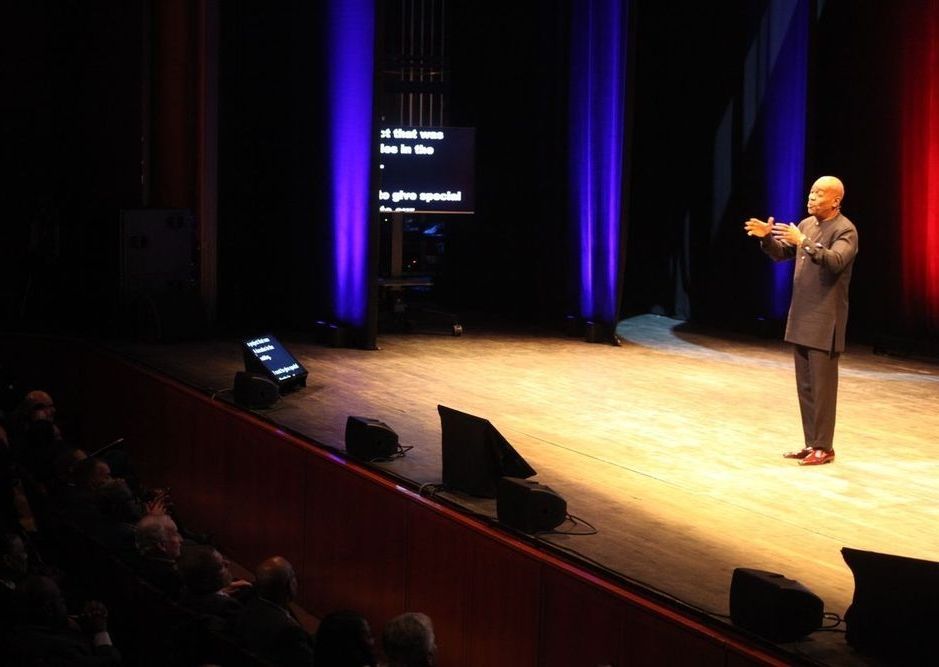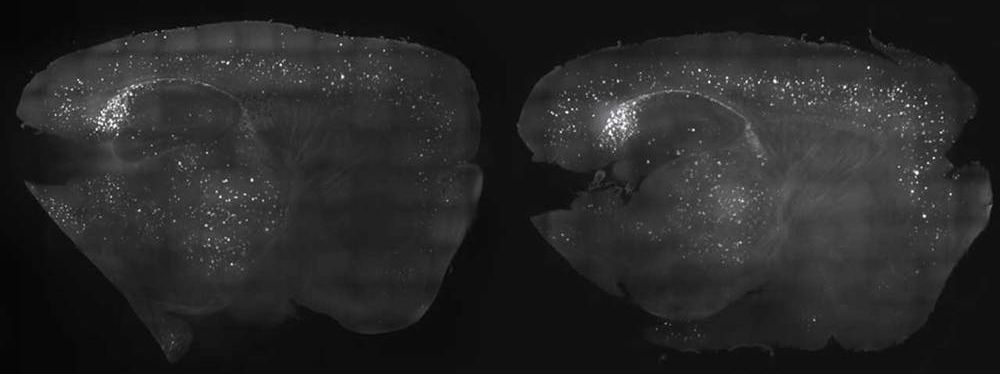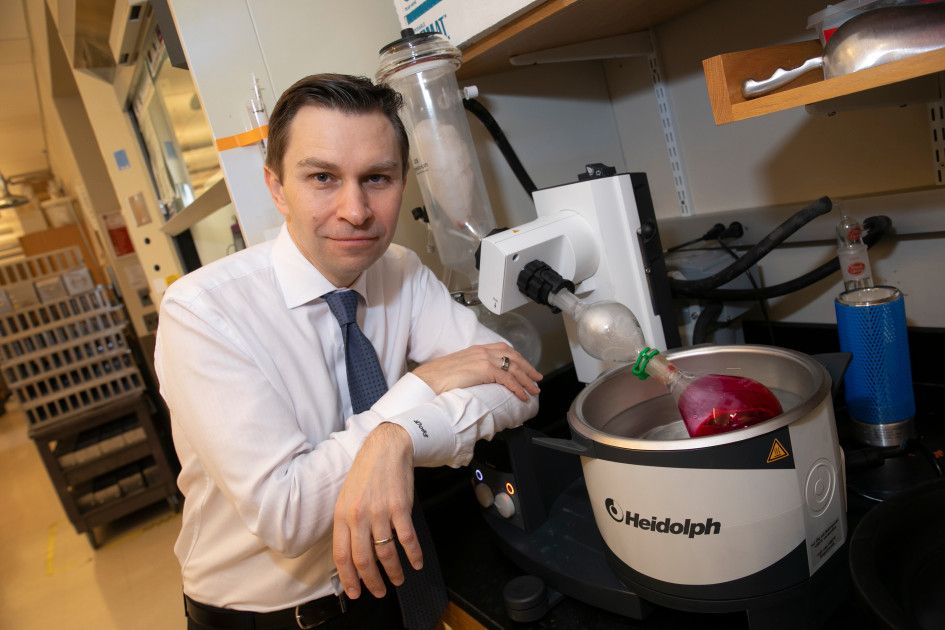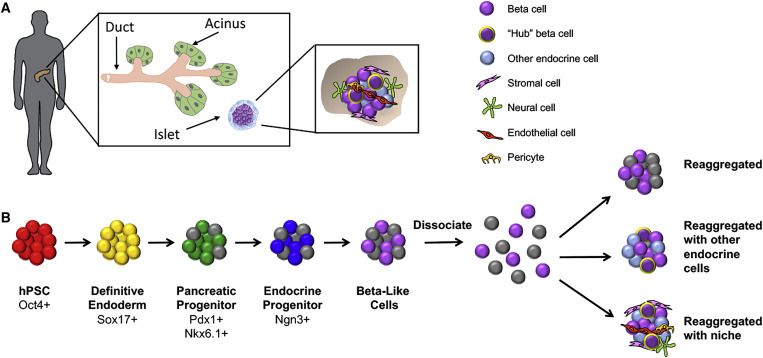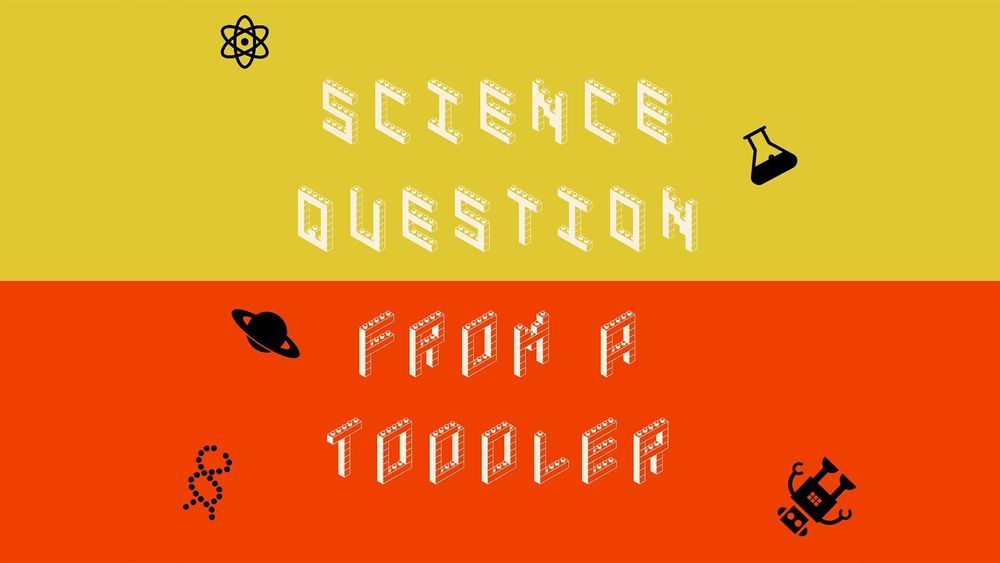Page 9344
Mar 16, 2019
Changing Newark requires bold ideas. Mayor proposes guaranteed income for all
Posted by Genevieve Klien in category: economics
Newark Mayor Ras Baraka speaks during his fifth state of the city address at the New Jersey Performing Arts Center on March 12, 2019. (Karen Yi | NJ Advance Media for NJ.com)
Mar 16, 2019
MIT research shows brain wave stimulation might help Alzheimer’s
Posted by Genevieve Klien in categories: biotech/medical, neuroscience
Of all the conditions that affect the elderly, one of the hardest for family and medical providers to deal with is Alzheimer’s disease. This condition impairs memory to the point that some afflicted with the condition can’t remember their loved ones. MIT researchers have found a new potential treatment that has shown promise in testing.
Mar 16, 2019
Anti-aging research: ‘Prime time for an impact on the globe’
Posted by James Christian Smith in categories: business, life extension
In February, a group of 16 researchers from Harvard, MIT, and other institutions around the U.S. and Europe launched the nonprofit Academy for Health and Lifespan Research to promote future work, ease collaborations between scientists, and ensure that governments and corporations are making decisions based on the latest facts instead of rumor, speculation, or hype.
Research into extending humanity’s healthy lifespan has been progressing rapidly in recent years. In February, a group of aging and longevity scientists founded a nonprofit to foster the work and serve as a resource for governments and businesses looking to understand the potentially far-reaching implications of a population that lives significantly longer, healthier lives.
Mar 16, 2019
Stem Cell Therapies for Treating Diabetes: Progress and Remaining Challenges
Posted by James Christian Smith in categories: biotech/medical, sustainability
It is often not the lack of a cure, but the lack of will. Many great strides have been made with diabetes, when people stopped trying to develop medicines, and instead focused on how to enable the body to produce insulin.
Restoration of insulin independence and normoglycemia has been the overarching goal in diabetes research and therapy. While whole-organ and islet transplantation have become gold-standard procedures in achieving glucose control in diabetic patients, the profound lack of suitable donor tissues severely hampers the broad application of these therapies. Here, we describe current efforts aimed at generating a sustainable source of functional human stem cell-derived insulin-producing islet cells for cell transplantation and present state-of-the-art efforts to protect such cells via immune modulation and encapsulation strategies.
Mar 16, 2019
This Harvard scientist wants your DNA to wipe out inherited diseases — should you hand it over?
Posted by Genevieve Klien in categories: biotech/medical, chemistry, genetics
Imagine a future where an online dating app doesn’t just match you to potential partners who meet your preferences for age, height and fondness for pinot noir, but to those with whom you’re genetically compatible. Not so much people you’re likely to have physical chemistry with – apps that make dubious claims to do that on the basis of a cheek swab already exist – but those with whom you won’t pass on a devastating genetic disease to your children.
It’s not sexy stuff; certainly not first-date conversation. Most people only discover that they’re among the four per cent who carry the same recessive genetic mutation for a rare condition, such as cystic fibrosis or Tay-Sachs, as their partner when their baby is born with it – or dies from it.
True, couples could find out their genes don’t mix after they’ve decided to have a baby and before they start trying – but how heartbreaking would that be, once they’re already in love? Far simpler never to meet in the first place, and simply to pick from the other 96 per cent with whom they can mate with abandon.
Mar 16, 2019
Who Will Science The Scientists?
Posted by Genevieve Klien in categories: neuroscience, science
The questions that kids ask about science aren’t always easy to answer. Sometimes, their little brains can lead to big places that adults forget to explore. That is what inspired our series Science Question From A Toddler, which uses kids’ curiosity as a jumping-off point to investigate the scientific wonders that adults don’t even think to ask about. The answers are for adults, but they wouldn’t be possible without the wonder that only a child can bring. I want the toddlers in your life to be a part of it! Send me their science questions, and they may serve as the inspiration for a column. And now, our toddler …
Mar 16, 2019
3 ways AI is already changing medicine
Posted by Genevieve Klien in categories: biotech/medical, robotics/AI
Mar 16, 2019
Super-fast engine set for key tests
Posted by Genevieve Klien in category: transportation
The UK project to develop a hypersonic engine that could take a plane from London to Sydney in about four hours is set for a key demonstration.
The Sabre engine is part jet, part rocket, and relies on a novel pre-cooler heat-exchanger technology.
This pre-cooler system will begin a new phase of testing in the next month or so in Colorado, US.
Mar 16, 2019
Would someone who is 80 benefit from SENS therapies or is it too old to rejuvenate them?
Posted by Montie Adkins in categories: bioengineering, biotech/medical, life extension
I wonder, if you can turn a 65 year old into a 40 year old, could you not turn around and give that 40 year old another treatment so they rejuvenate to an even younger state?
It is an interesting question because I might be getting near there myself! Anyway, let’s assume we develop sufficiently robust rejuvenation therapies within 20 years that they can effectively reset the clock by say 25 years with the result that a person who is chronologically 65 could be restored to a point where biologically they are 40 it begs the question could an 80 year old be effectively restored to the physiology of a 55 year old? My feeling is that the first generation treatments will in all probability be quite aggressive and invasive involving stem cell therapies, gene therapies and possibly surgical interventions to replace organs created through tissue engineering. So my concern is that whilst a 65 year old or even a fit 70 year old might easily withstand the rigours of these interventions I can’t see this applying to the average person in their 80s, whilst we are not yet at the stage where we have developed all the comprehensive therapies needed we should nevertheless keep in mind we are close and some are already approaching implementation see Suicide of aging cells prolongs life span in mice and also the video below from a few weeks back and it’s clear we are moving fast and might only be 10 to 15 years out if we keep up the current pace.
My concern is that with the senescent cell clearance a large percentage of cells in an 80 year old will be senescent so complete removal were it possible could kill them.
My thought is we might need to consider whether a less comprehensive and aggressive SENS therapy which perhaps for the sake of argument we could call MiniSENS might be useful to pull octogenarians back from the edge, perhaps by say by 10 years at which point they might be strong enough after a period of time to recover that they could handle a more intensive treatment which would yield further long term health benefits. It is just a thought but it might be something we need to think about because it would extend the age range of the people who could benefit from SENS strategies.

